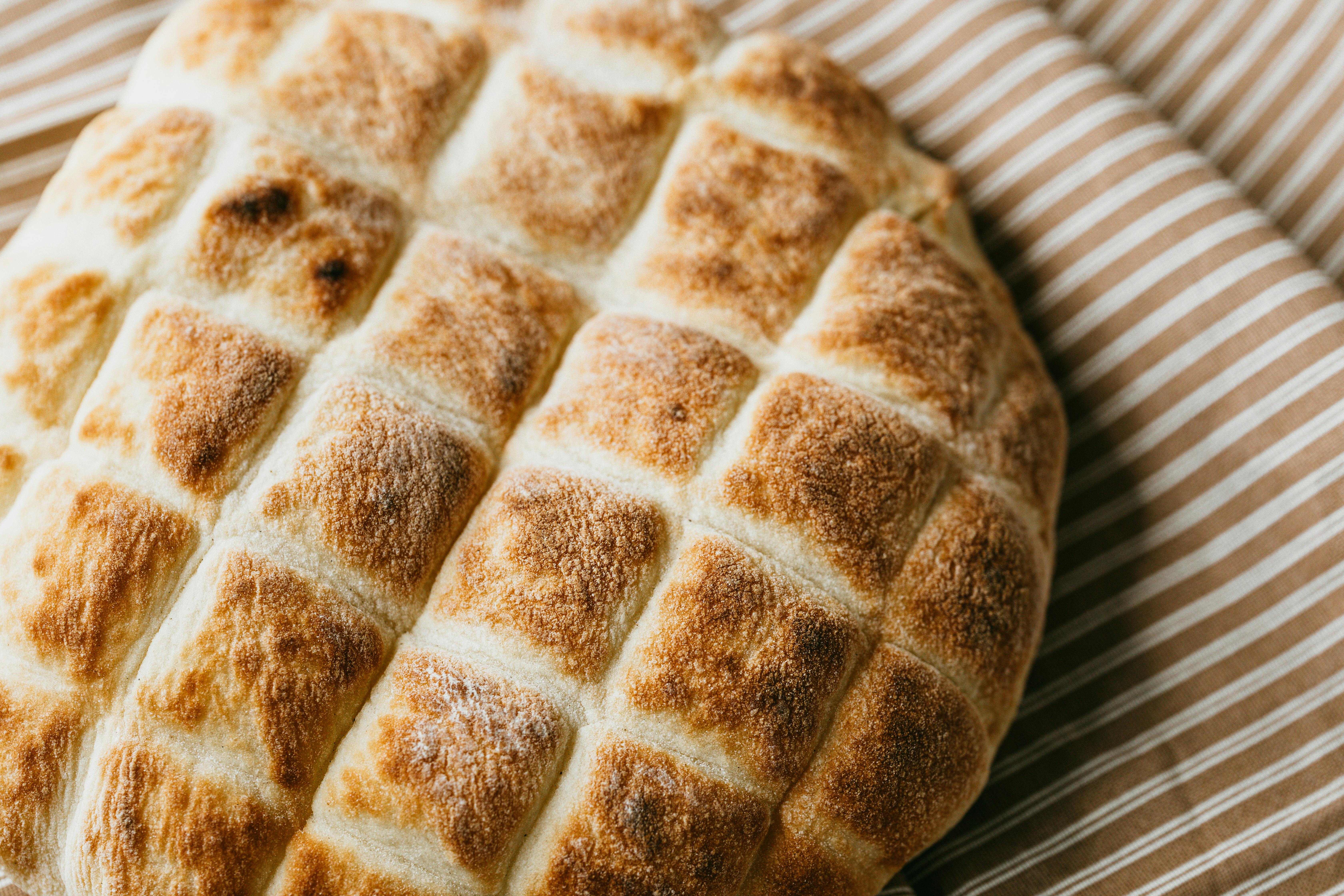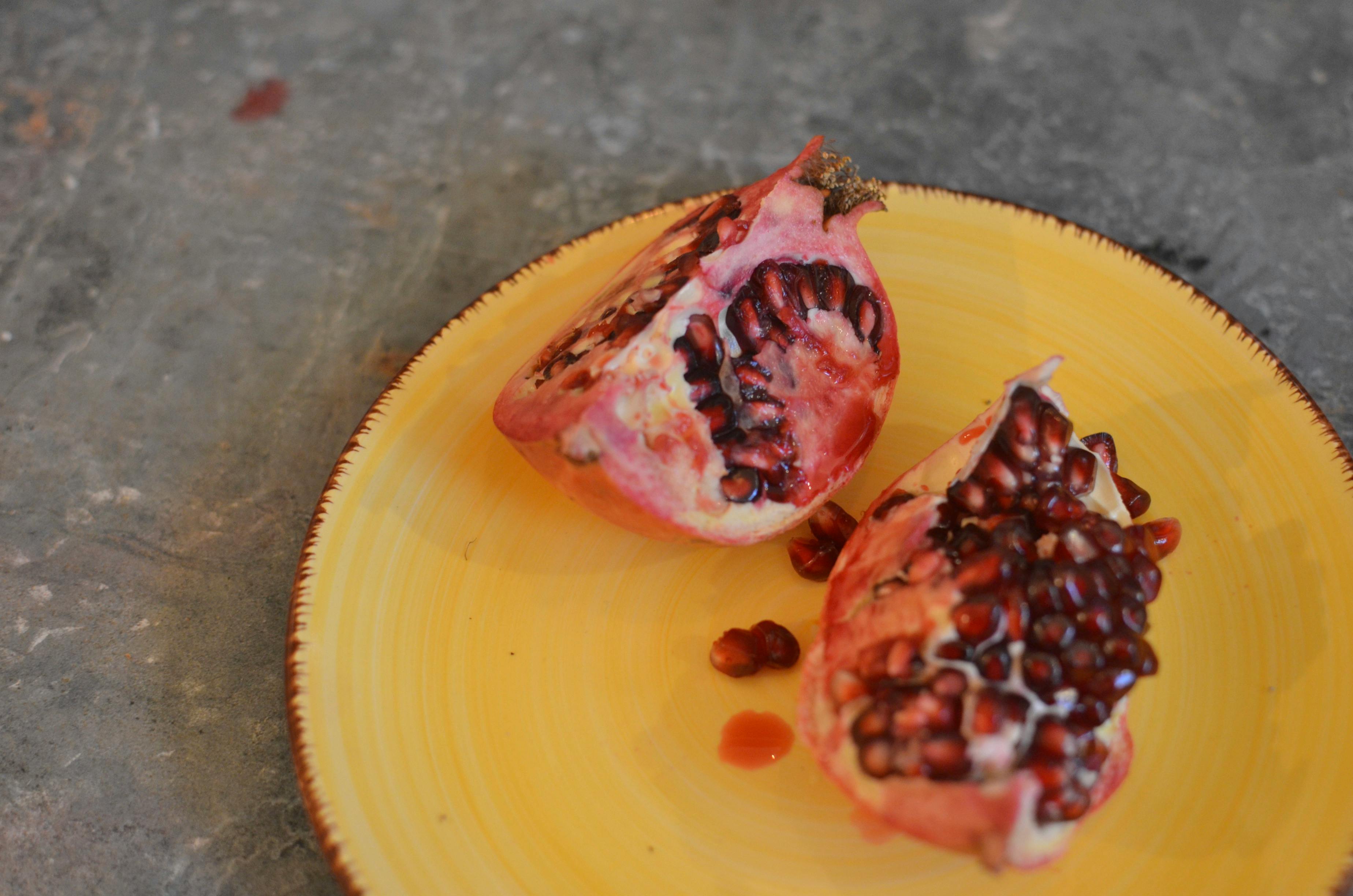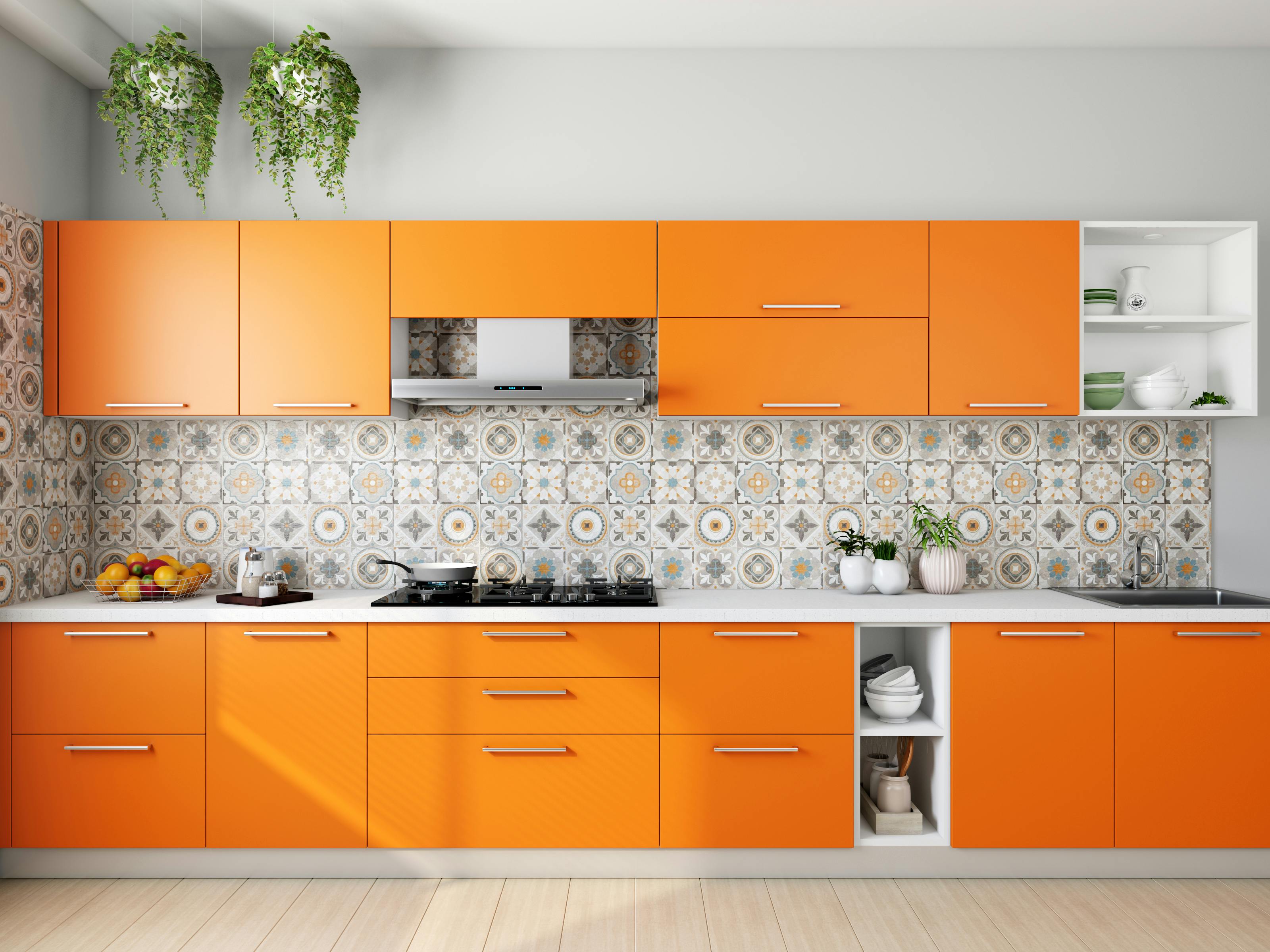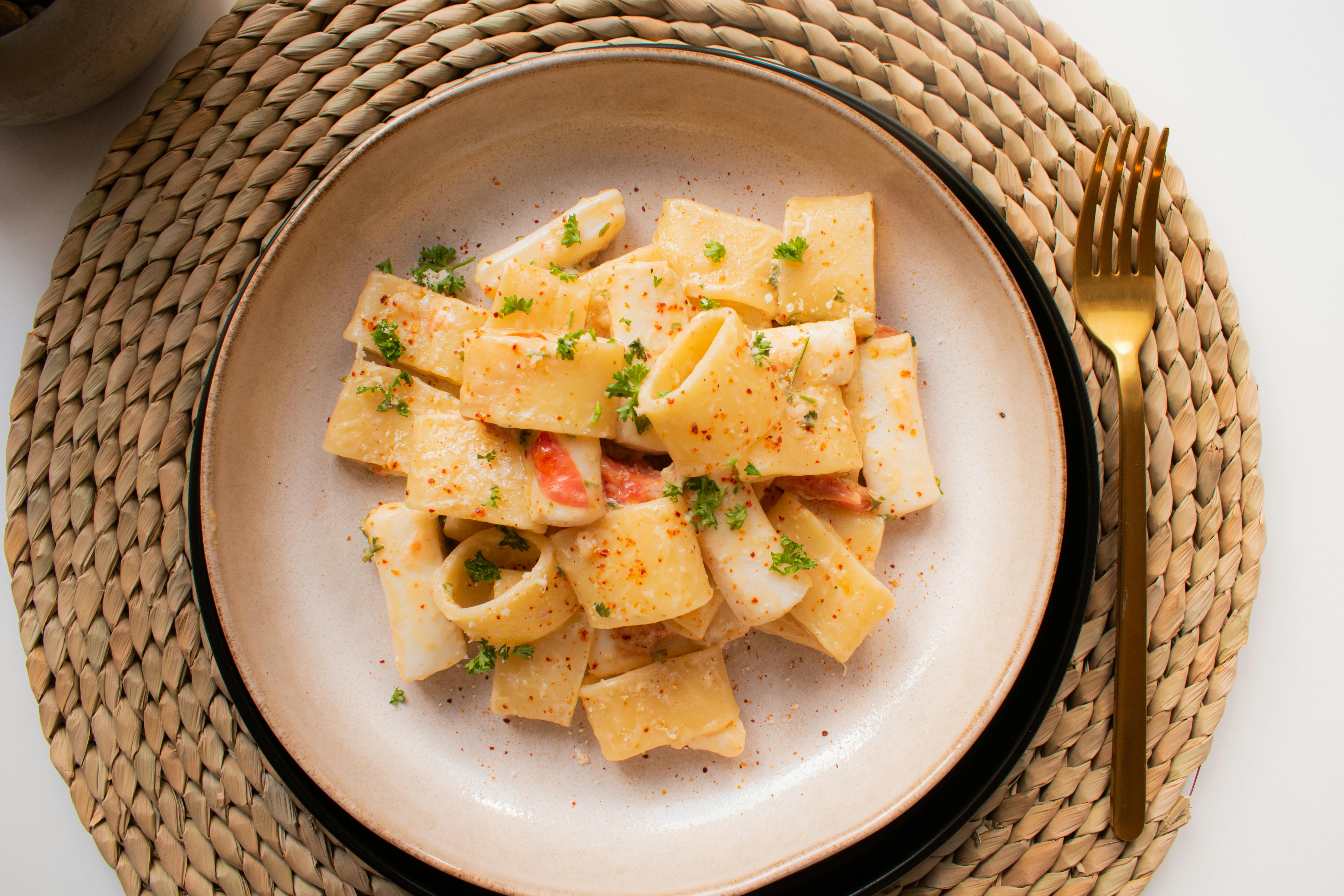Hardboard is a good base for your mosaics, as long as you limit the size of the mosaic overall, limit the size of the tiles, and don’t display the mosaic in a humid environment. Avoid hardboard for outdoor applications due to the potential for deterioration. Assuming your tiles are the size of a quarter or less and your overall tile size is less than 24″x24″, I’ve found that 1/8-inch-thick hardboard provides an adequate base. If your tesserae are small, it’s surprising how flexible the mosaic is, even with grout, meaning it can withstand some warping before the grout cracks or pieces of glass break off. If your tesserae are large or if you incorporate large pieces of stained glass into your mosaic, the thickness of your base needs to be thicker because the mosaic cannot withstand as much warping (i.e. the thicker the wood, the more resistant to warping). For example, suppose your mosaic is 24″x24″ and you use a single piece of yellow stained glass to represent the bright sun that lights up the world. Let’s assume that the diameter of the sun is 10 inches, which is a good part of the mosaic. It’s easy to see how a little warping can stress that single piece of glass and cause it to fail (ie break, chip). It’s like ceramic tile on a concrete slab base. As the concrete cracks and moves, stress is applied to the ceramic tile, and if the stress is great enough, the tile will break. Therefore, you should consider the size of the tiles when choosing the thickness of your mosaic base.
Over the years, doing a lot of wall mosaics 24″x24″ or smaller, I’ve found that my favorite backing is 1/8-inch hardboard. It is the dark brown material that the board is made of but without the holes. It’s slippery on one side and rough on the other. I use this material only for dry, interior wall mosaics that will not be exposed to moisture. I use this material because it is: 1) Relatively thin, 2) Relatively light, and 3) Rough on one side so the glue grips it well.
The 1/8-inch thickness allows the finished mosaic to fit into a standard precast frame. My glass tiles are about 1/8 inch thick, so the total thickness of the finished mosaic is only 1/4 inch. This allows me to purchase an off the shelf frame for next to nothing. I plan my interior wall tiles to be 16″x24″, 18″x24″, or 24″x24″ which are common sizes for pre-made frames. If I were to use 3/4-inch plywood or MDF as a base, then I would need to use a custom frame with enough depth to cover the full thickness of the tile (i.e. 3/4-inch base plywood plus 1 / 8-inch tiles are almost 1-inch thick). Custom frames cost up to five times more than standard pre-made frames. For example, if I take advantage of the 50% bi-weekly sale at my favorite hobby store, I can get a pre-made 18″x24″ frame in a lovely style and color that best suits the tile, have the tile installed in the frame, install the hanging wire and install the paper backing, all for less than $25. That’s how it is! Less than 25 dollars. A custom frame can cost up to $150.
Not only savings on framing costs, but hardboard is inexpensive compared to plywood and 3/4-inch MDF. I buy a pre-cut section of hardboard instead of a full 4’x’8 sheet. The pre-cut section is 24″x48″. Knowing that the height of my interior wall tiles is typically 24″ (which is the width of the pre-cut section), this allows me to cut the hardboard and get a 16″, 18″ or 24″ width for the base of my mosaic For example, let’s say I want my tile to be 18″x24″. The pre-cut width of the hardboard I purchase is 24″. I measure and cut 18″, resulting in a 18″x24″ piece of hardboard. The piece fits perfectly into a standard 18″x24″ prefab frame. I measure and cut hardboard with a standard circular saw and a “rip fence” that I make by clamping a 3 foot level to the hardboard with two C-clamps. The rip fence allows me to push the saw along along the straight edge of the level to ensure a straight and precise cut.
I prepare the plywood base by painting it with two coats of white primer. The main reason for painting it white is to get a white background on which the glass tiles will be glued (Note: I always adhere the glass to the rough side of the hardboard). Although I usually use opaque glass, the white background helps to give it more brightness. The dark brown color of the board makes the glass pieces appear opaque and dark, even though the glass is supposed to be opaque. The secondary benefit of painting hardboard with primer is that it seals it. I don’t know if sealing hardboard does anything, but it makes me feel better believing it’s sealed. I don’t know the material or chemical properties of hardboard and how it’s made, so I don’t know if it needs to be sealed, but painting it gives me a nice, warm, fuzzy feeling. I have a habit of sealing everything that is necessary or not.
After applying the tiles and grout, you’ll be amazed at how flexible the mosaic is without causing glass or grout failure (assuming your tiles are relatively small). When I first used 1/8-inch hardboard as a base for a tile, I experimented and found I could bend the tile two inches without affecting the glass and grout. I was too afraid to bend it more than two inches! After experiment, I assumed that if the tile can be bent five inches, then it can survive any warping that might occur. Then, after installing the tile on the precast frame, I found that the tile was installed in such a way that it inhibited any warping. The mosaic was pressed and held in place with small fasteners on the back of the frame to keep it from falling off. The only way the tile can warp is if it is strong enough to cause the frame to warp with it. I have never had a problem with interior wall tile warping when using 1/8-inch hardboard installed in a standard precast frame.
1/8-inch hardboard is also light enough that the weight of the tile in general isn’t so heavy that you’ll have to remodel your home to create a support structure strong enough to support the weight of a tile. . Typically, my 24″x24″ (or smaller) tiles are light enough to hang properly using a picture hook and nail installed in drywall. I don’t have to cut through the drywall to install 2″x4″ pieces between the studs and then replace the drywall. This is extremely advantageous, especially when selling or giving away the mosaic (ie you won’t lose customers you might otherwise lose if you tell them they have to hang the mosaic by doing more than just hammering a nail into the wall).









